|
Hong Kong-based artist Mr Danny Yung brought the Tian Tian Xiang Shang (“TTXS”) exhibition to Singapore. The exhibition was held within Raffles City Shopping Centre curated by Mr Yung, where TTXS figurines designed by foreign and local celebs, students, illustrators and artists were on display. There were three large figures on the plaza outside, as well as many smaller figures inside. The exhibition ended recently on 21 August 2017. I took a trip down to see what our local celebs and artists have created, snapped some photos and shared it in this gallery. To be honest, I didn't know about Mr Danny Yung and his work until that day, but it sure was an eye opener. The concept behind the whole exhibition is to provide a blank figurine that represents an empty canvas full of possibilities - a platform for people to write or draw on to express their thoughts, ideas and emotions. Tian Tian Xiang Shang is a well-known Chinese proverb that Mao Zedong once said to motivate children to work hard and achieve their dreams. It then inspired Mr Yung to create Tian Tian, a cartoon, for adults and kids all around the globe, challenging them to be curious and creative like Tian Tian. Tian Tian looks up, points to the things he sees, and asks questions: Is this my question or the future? 逾千个大小不一的“天天”塑像在新加坡来福士城(Raffles City)一楼展出。三个高的大型“天天”塑像在商场不同入口处“站岗”。展览以香港艺术家荣念 (Mr Danny Yung) 曾创作的5米高“天天向上”创意毛坯雕塑为主题。展览刚在上周末圆满结束。
“天天向上”原是上世纪50年代毛泽东寄语当时小朋友的成语。荣念曾以“天天向上”为题,于香港艺术中心展出概念漫画。漫画主角“天天”是个穿短袖衬衫和长裤的小男孩,不是乖乖读书与听话的“模范”学生,常常以往上看、往上指的姿态出现。《天天向上》漫画系列都没有文字,所有“思考泡泡”和“对话框框”都是空白的。“天天”右手永远指向上方,这个动作含意视乎每个人的理解和感觉,并无特定意思,有无限想象空间。 这次“天天向上”展览来到新加坡,邀得各行各业超过40名人士参与。另外,展出的超过50个“天天”塑像,由香港、韩国、日本和北美艺术家设计。 天天是非常富有反省意义的过程: “天天”的笑脸充满希望与乐天精神,怎样在世道艰难时局继续保持这种精神?
0 Comments
Titled ‘Yayoi Kusama: Life is the Heart of a Rainbow’, it’s the first large-scale retrospective of her works in South-East Asia from the 1950s to present. To date, Kusama has amassed a vast body of work that cuts across different disciplines – filmmaking, painting, drawing, sculpture, installation, fashion, poetry, fiction and public spectacles. You might have noticed the rows of trees decorated in numerous red dots in Orchard, or visited the dotty concept store of Louis Vuitton in the past years. Yes, they are all artwork inspired by the famous Japanese artist named Yayoi Kusama.
Yayoi Kusama, the Japanese avant garde, is one of the world’s most influential artists who still lives today in Japan. Winning admirers around the world, she is best known for her signature use of polka dots as patterns and textures. Apparently, Yayoi Kusama’s works have been influenced by her nightmarish hallucinations and psychological trauma when she was young. It is said that she was born in a problematic family where her father had affairs and her mother never appreciated her artworks. She has been suffering from hallucinations since young and claimed that animals would talk to her now and then. As what she said, “if it were not for art, I would have killed myself long ago”. In some sense according to her, it is exactly those mental difficulties that “give her a generating and inspiring force for art”. Even now at the age of 88, she continues to paint. My photo essay on Ipoh's Burps & Giggles Cafe & SG's Potato Head Cafe《绘本里的咖啡时光》is published in today's LianheZaobao 联合早报缤纷版 dated 17 August 2017! 感谢、感恩! Thrilled to see it being featured nationwide in print! Special thanks to Lianhe Zaobao, you have made my day! :)
The smell of dried fish assails my nostrils even before I cross the bridge into the village. I’m about to investigate, when I get sidetracked by the view. The bridge crosses the Tai O river and, on both banks, scores of houses practically teeter over the water on tall wooden stilts. I’m in Tai O, one of the last remaining Chinese fishing villages in Hong Kong.
Tai O Village, located on Lantau Island in Hong Kong, is a prime example of a traditional Chinese fishing village, that seems to have fallen out of time. Lantau Island is the biggest of Hong Kong’s islands, so it’s a popular destination for Hong Kong city day-trippers. Most visitors head to the island to ride the cable car to the Big Buddha, but not everyone makes the extra effort to see Tai O. The tranquil Tai O Village is probably the oldest human settlement on the island of Lantau. And everyone who comes here all the way from the Hong Kong Islands will believe that on first sight. The place reveals itself to the visitor as a bizarre fishing idyll that somewhat looks like a old Chinese mixture of Pirates of the Caribbean and Kevin Costner’s Waterworld. One has nearly the feeling that any second Johnny Depp could show up behind the next boat waving around a hard piece of salt fish. 大澳,是在繁华的香港之中,保留了香港老旧人情风味的地区。早期香港渔村的风貌,依旧保留着。它坚守着海边渔家的生活传统,房屋搭建在水上,是那种很传统的棚屋,大澳渔村的街道,随处可见村民在晒海味,街道上弥漫着烤鱿鱼的香味,制作美食时用的器具都很是很传统的器皿。当我穿梭于人流如潮的中环、铜锣湾、尖沙咀,周末找个地方远离喧嚣的繁华都市放空自己也未必不是一个好的旅游休闲方式。 我小时候喜欢看着有线电视不停重播的港片,总觉得百看不厌,其中印象比较深的是刘德华和张敏演的“与龙共舞”,还记得龙家俊(刘德华饰)不小心被表妹推落海,还被误认为是大陆仔,最后躲在月光 (张敏饰) 做廉价劳工。。。听说那场景就是在香港大澳渔村拍摄的。对于香港的印象就停留高楼大厦,我想不到香港还有一块净土,让喜欢古朴风的我在规画香港旅行时,就特别想绕到大澳渔村。其实我想去大澳有好长一段时间了,跟其他离岛不同的是,大澳的路途较为奔波,我就是晕着车走进了大澳渔村。 Hong Kong is a city in constant flux, reinventing itself virtually every day. New buildings seem to appear overnight, shops are suddenly transformed, and everyone is always on the go. While Singapore has been criticised for not preserving a sufficient amount of its colonial architectural past, Hong Kong has been just as guilty, perhaps even more so, of failing to protect its built past. Yet one kind of building in Hong Kong has managed to escape the demolition balls.
Nestled in the Lantau Island is Tai O, otherwise known as the Venice of Hong Kong. Over many decades, Hong Kong has gone through rapid changes and as one of the world's leading financial hubs it is easy to forget its humble origins when it first started out as a fishing village. Tai O is now a hugely popular spot for locals, expats and tourists alike and is one of the very few places that still reflects the true history of this beautiful bustling city. Surrounded by vast blue stretches of ocean, its iconic stilt houses built above the water with luscious green hills as its backdrop, Tai O is a uniquely charming place and the Tai O Heritage Hotel is an unusual blend of the city’s history and its preoccupation with commerce. 大澳渔村是上一次香港行,其中一个让我印像很深刻的地方。大澳文物酒店(Tai O Heritage Hotel)前身为大澳警署,位于香港大屿山大澳石仔埗街渡轮码头旁的小丘上。19世纪末的白色古典建筑,精致优雅。虽然规模不大 (只有九间海景房),但是因为酒店属于二级历史建筑,又多了几分复古风情。遊走大澳,不妨考虑在饶富历史的文物酒店住上一晚,偶尔放缓城市人的急促脚步,去感受香港独有的水乡情。其实无论是大澳还是大澳警署,都是一段香港的历史。在这里停歇,细听这里的一砖一瓦,揭开一页页影响深远的历史故事,对城市人来说,是一种享受。 Manual machinists are skilled, dexterous individuals who drill, cut and shape items both manually and with machine tools. Working in industrial shops or plants with blueprints and specifications, machinists produce anything from bed springs to auto parts.
Working with exacting precision is a large part of manual machinists' jobs. They are responsible for cutting, slicing, drilling and in some cases repairing the very machines that they work with. Machinists must operate with care at all times. Safety is important when working with steel, glass and metal. Some of their work involves heat-processed or lubricated items as well, and the machines and parts they use can be heavy and dangerous. Manual machinists usually develop skills working with specific equipment, tools and shop machinery while enhancing their manual dexterity on the job. It's sad to say but manual machining is a dying trade. This trade is dying in a big hurry. Cheaper imported tooling and the decline of manufacturing in this country are causing most machine shops to either shift their focus or close down. Jobs are scarce and there's no hope for a reversal either. What few jobs that are left won't last much longer either. The good days are long gone. It was on a walk through Jalan Besar that I spotted this Hup Yick Engineering Pte Ltd hardware shop (exact address is 84 Horne Road) and here I met Mr Yee Chin Hoon, a machinist aged 69 who has been practicing his craft for more than 50 years, since he first worked for his father as an apprentice at 16. Mr Yee is one of the last few manual machinists in Singapore. Mr Yee is hoping that someone is interested on an apprenticeship with him to learn the ropes so that Hup Yick will carry on. But with no takers, it is likely that Mr Yee will retire soon. A book titled "The Machinist" was launched recently by three aspiring designers to commemorate this disappearing skill in Singapore. |
Author
|

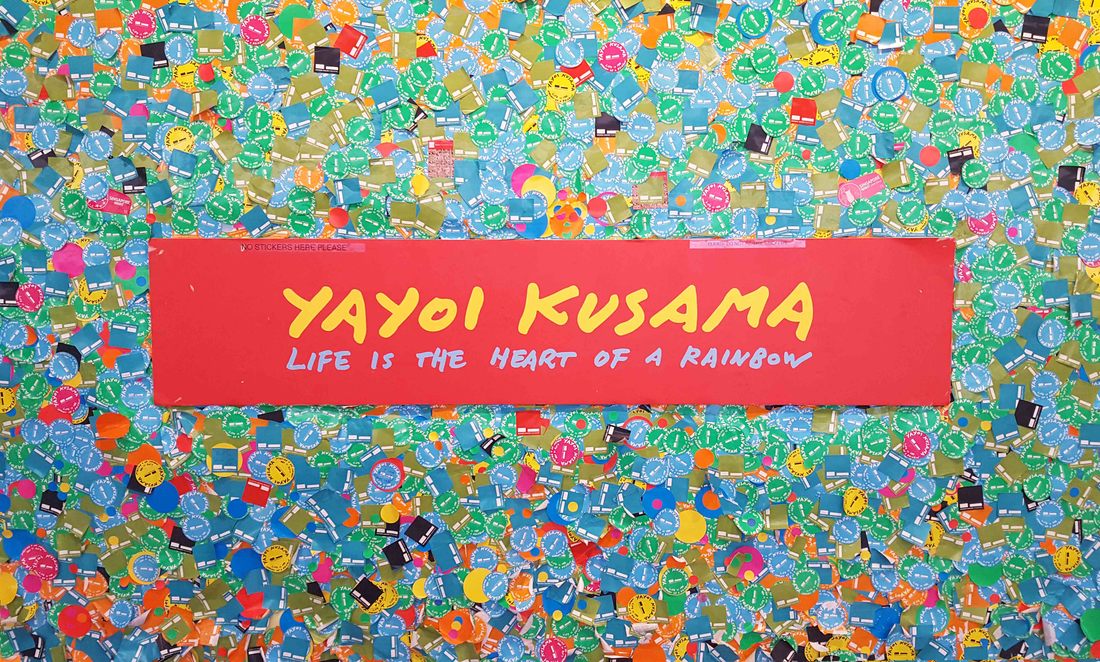
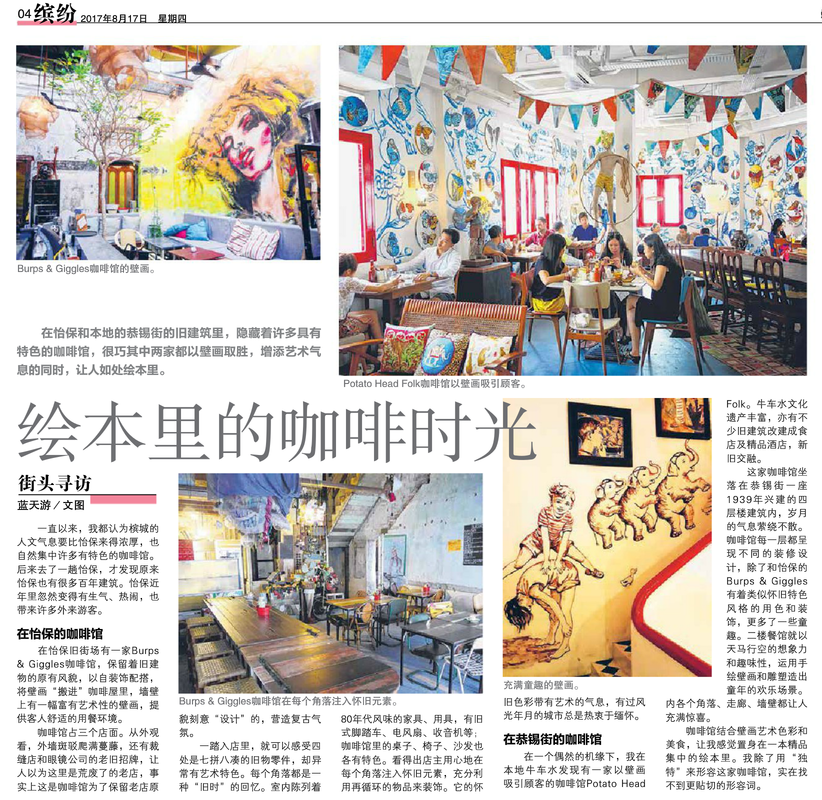
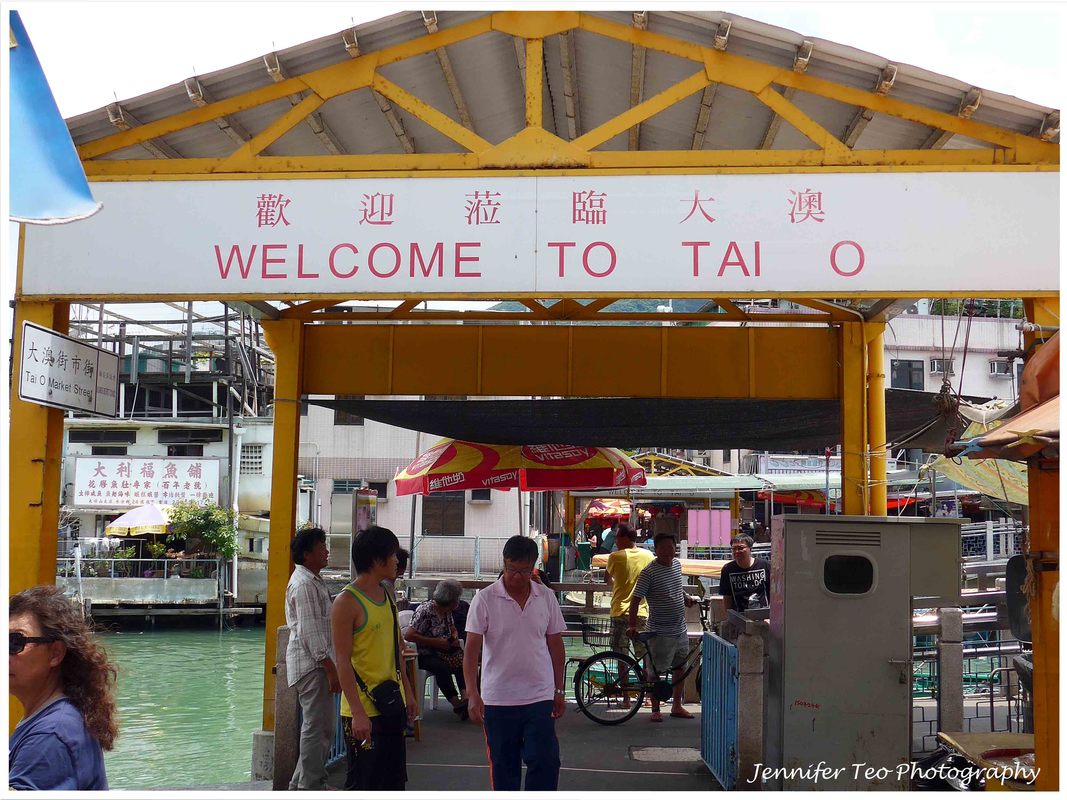
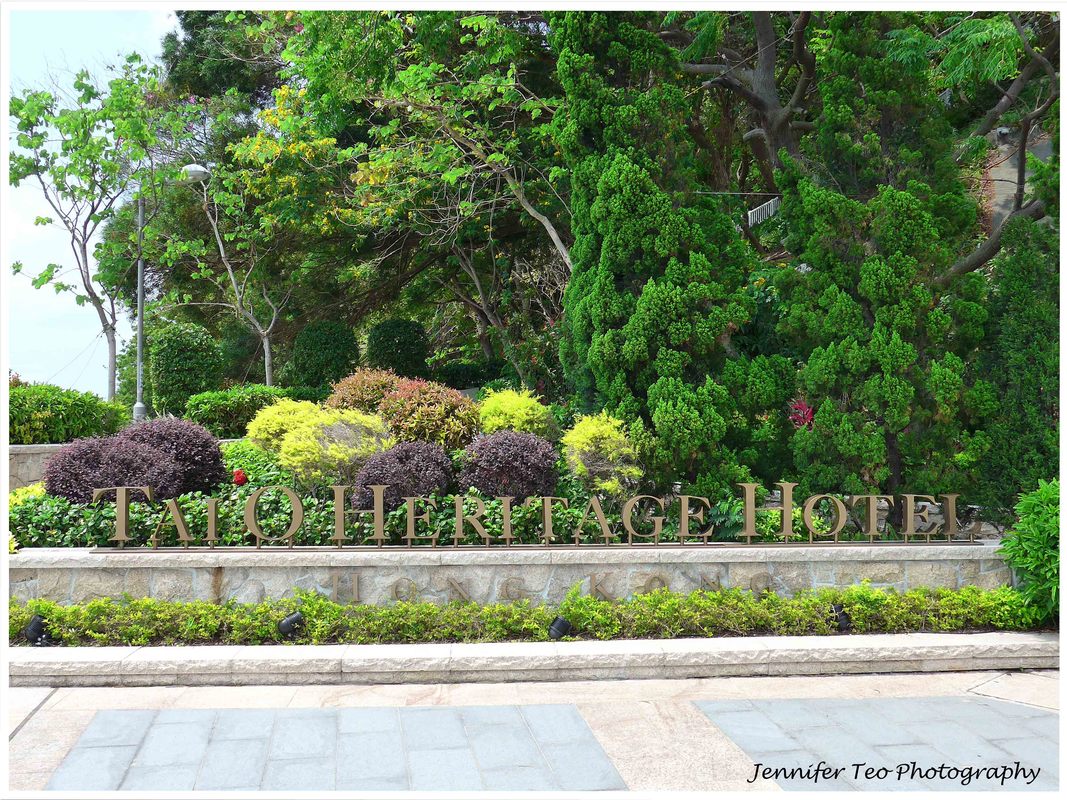
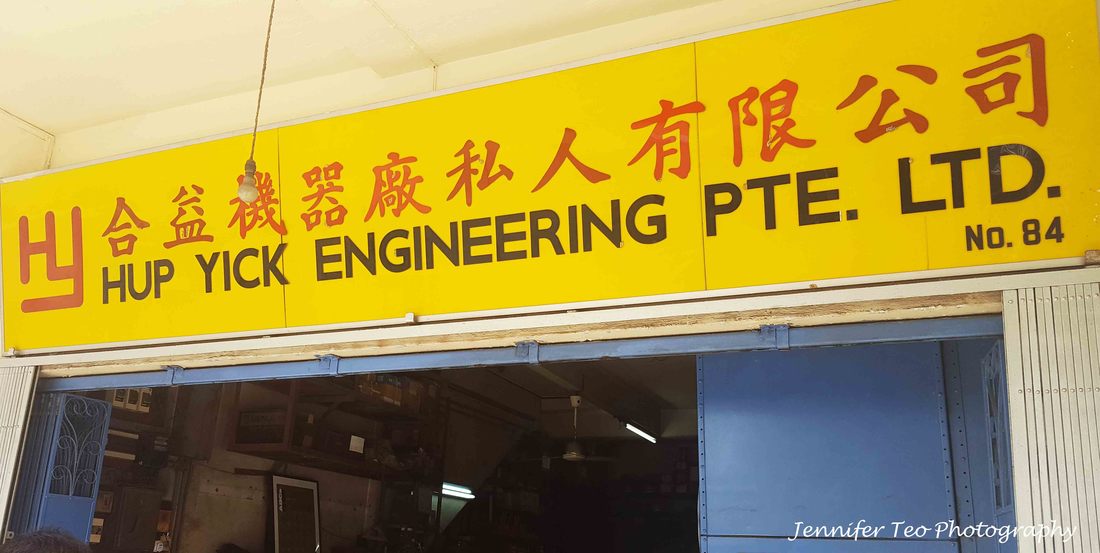
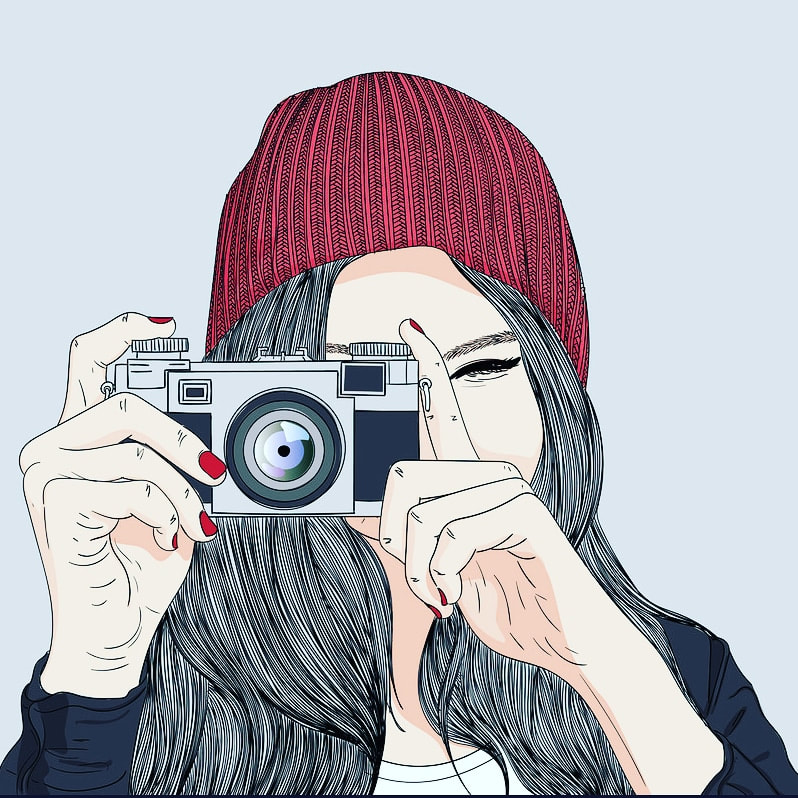
 RSS Feed
RSS Feed






